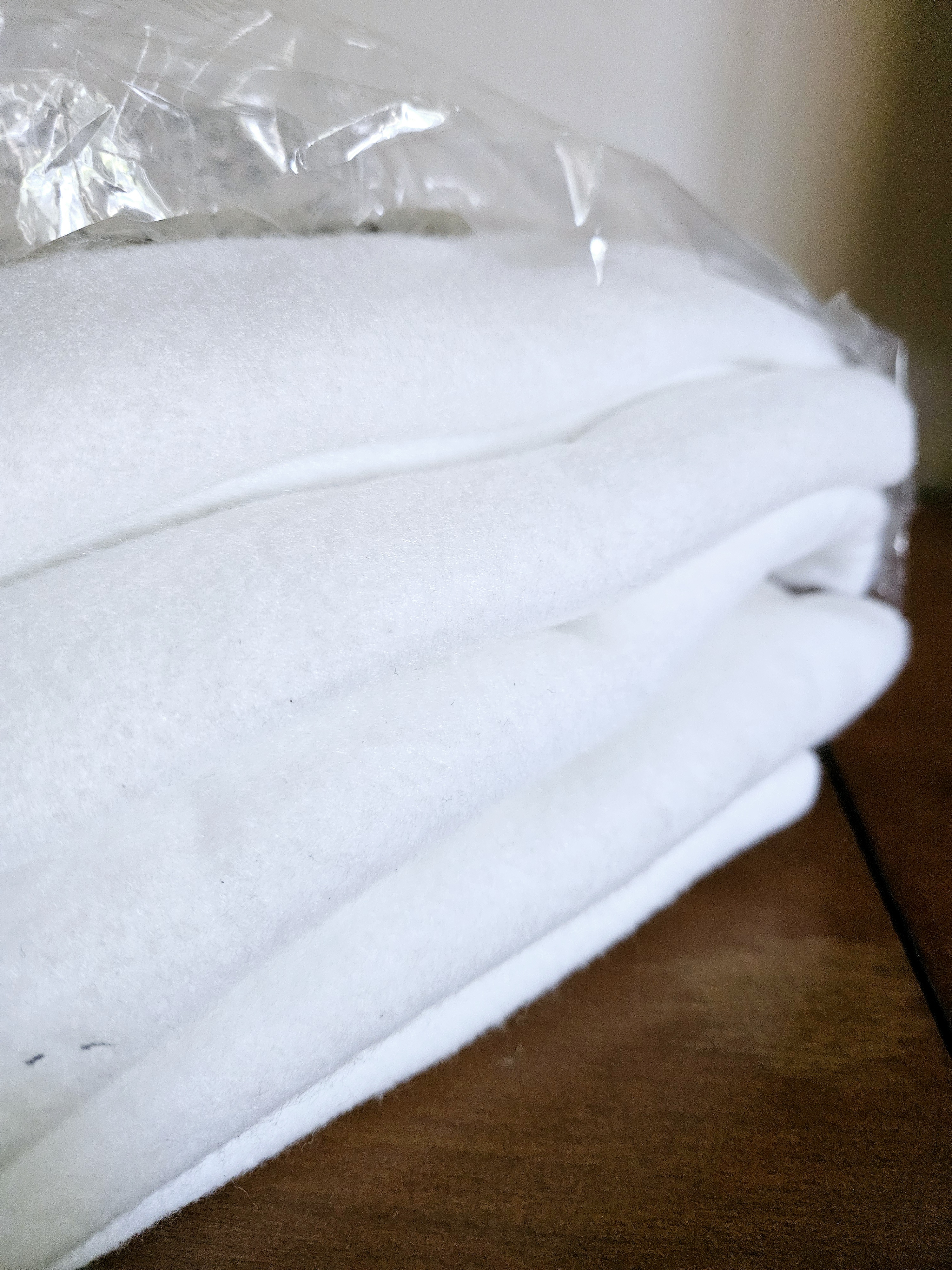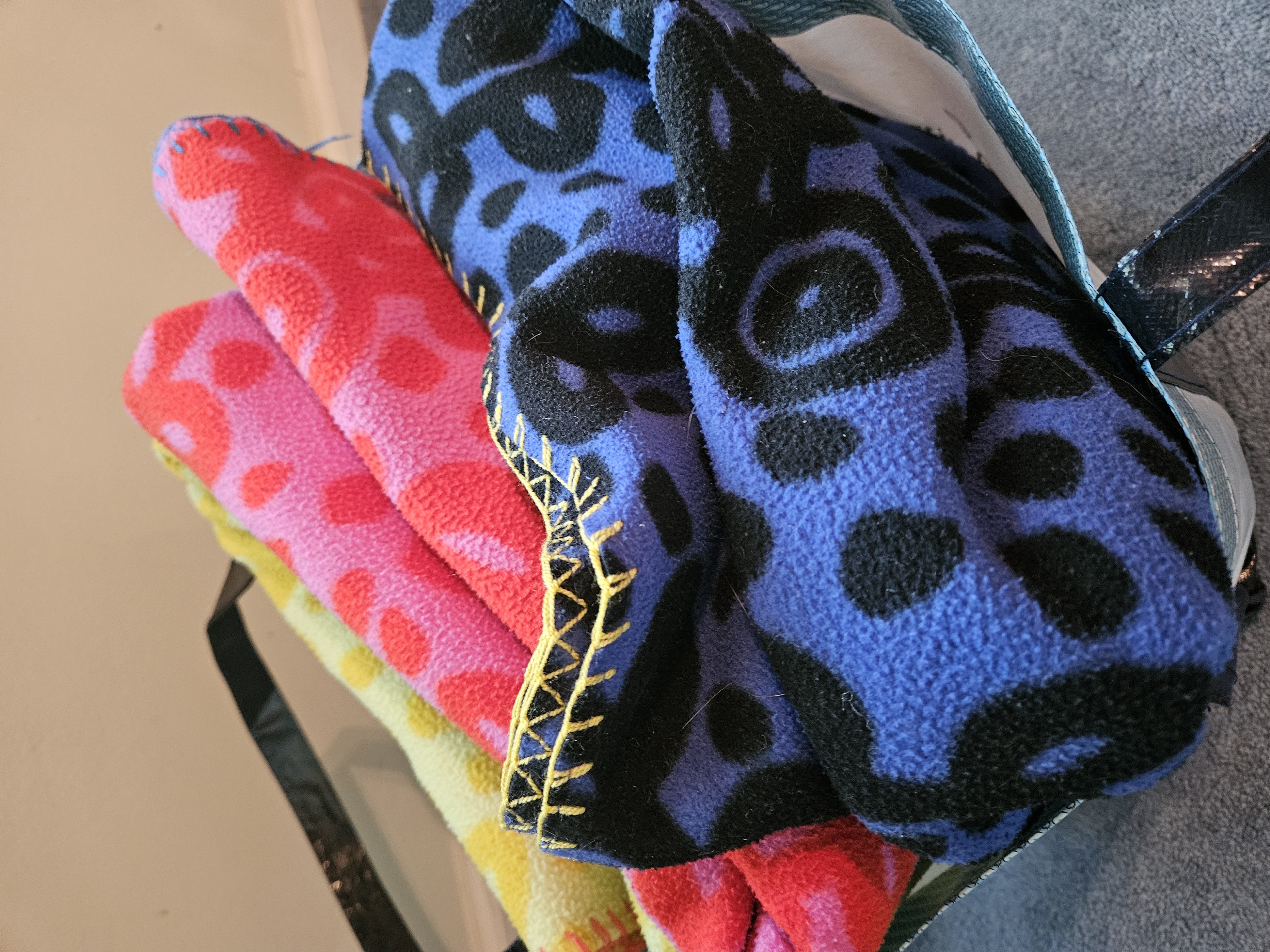All About Batting
Posted by Robyn Thomas on 24th Jun 2024
I was so interested and taken up with the idea of learning to sew a beautiful quilt top, with all of the fantastic fabrics and endless ideas for patterns, that I overlooked the process of finishing up, until that first quilt top was complete. Wow. There is a lot of technical sewing processes, a lot of math, and so many options ahead before you reach the point of completed quilt.
So, let's tackle BATTING.
The batting is the inside of the quilt. It is sandwiched in between the quilt top and your chosen backing to create that final layer that makes up your quilt. And your choices in batting can be about as endless as those fabric choices themselves.
Did you know that quilts made 100 years ago were filled with whatever the makers had to create that insulation needed to make the quilt useful for it's purpose? That included old clothes, leftover fabrics, even news print and papers. Just imagine what you might find on the inside of a quilt made 100 years ago!
As with most steps of a quilting or sewing project, anyone offering advice is going to tell you that your batting selection is simply up to you and your preferences. What if you do not know your preferences yet, and just need somewhere to start? Let's review the highlights and choices so can plan which direction you'd like to go.
Do not stress about what you use for batting or how much you are spending. No one will know what is inside except for you.

Note how the thick batting, or the LOFT, in this project makes the quilt quite thick and cozy.
The purpose of batting is insulation and stability for your quilt. How much insulation you need may be determined by how your quilt is going to be used. If your quilt will be used in a household in Florida, maybe a thinner batting is the best choice. However, kids love thick, cuddly quilts. So the who, where and why will be a factor in your choice.
Loft is the actual thickness of your batting. The loft will make your quilt thick and fluffy, or light and thin. For a quilt that will keep you warm and cozy at night, look for a thick loft. Wall hangings, table runners, placemats or other decor will need a batting that is thinner for it's intended purpose.
Polyester Batting is thick and cozy, does not shrink, will give you a great insulated feel, and is stable to work with. You will have a plush luxurious feel to your quilt when it is completed.

Polyester batting sent in strips. You can also buy it by the roll for larger projects.
Cotton Batting will be thinner and can be more finicky to work with. It is soft, breathable and warm. It is ideal for smaller project such as table runners or placemats. It is low loft, very thin (warm and natural) cream colored unbleached. Also make warm and white, which is bleached.
Insul-Bright Batting is meant to be heat protective (casserole containers, potholders). And bamboo is a new and trending way to go. There are a lot of options available.
Keep in mind, batting has recommended space between stitches. See the manufacturers recs.
Get creative with your batting! Keep in mind that this is internal and no one will know what you use. You could fill a t-shirt quilt with a fleece blanket from the clearance bin at Walmart. Or cut the edges off of a mattress pad for that fuller feel. Thinner projects might just need a thin layer from a cut-up section of an old flannel sheet. Feel confident enough to shop your own house before you go out into the world and purchase.

I was gifted a few fleece blankets. I'm going to use them as batting for t-shirt quilts I plan to make for my sons and nephews... someday. The final product will be dark, and each t-shirt square will have stabilizer on the back, so the darker colors will not be an issue.
For more information about batting, watch our Cotton Cuts LIVE, "Choosing the Right Batting for your Quilt Project", which originally aired on Thursday, June 20th. Kim provided some great information to get you started in your batting selection.

